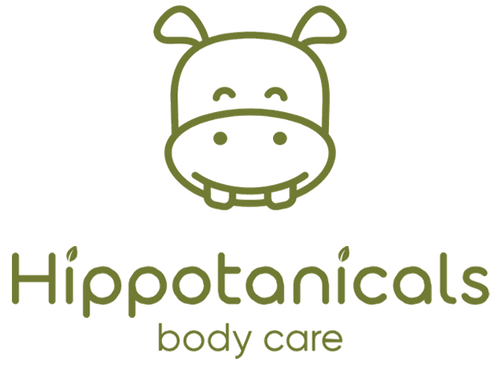Introduction:
As a parent, it is natural to strive for the well-being of your little one from the moment they are born. However, oral hygiene for babies is often neglected, resulting in potential dental problems down the road. One such concern is baby bottle tooth decay, a serious dental condition seen in infants and toddlers. In this blog, we will delve into what baby bottle tooth decay is, its causes, and how it can be prevented and treated.
Understanding Baby Bottle Tooth Decay:
Baby bottle tooth decay, also known as early childhood caries, is the term used to describe tooth decay that occurs in infants and young children. It primarily affects the upper front teeth, but other teeth can be affected as well. The decay can range from small cavities to extensive damage, leading to pain, infection, and potential long-term oral health issues.
Causes of Baby Bottle Tooth Decay:
Baby bottle tooth decay occurs due to the frequent and prolonged exposure of a baby's teeth to sugary liquids, such as milk, formula, juices, and sweetened drinks. When babies fall asleep with a bottle in their mouth, or if they are frequently given bottles filled with sugary drinks throughout the day, the chance of developing tooth decay significantly increases. The sugars in these liquids promote the growth of bacteria in the mouth, which leads to the production of acid. This acid then attacks the tooth enamel, resulting in decay.
Prevention of Baby Bottle Tooth Decay:
Preventing baby bottle tooth decay requires a proactive approach to oral hygiene right from the start. Here are some essential tips:
1. Avoid bedtime bottle feeding: Never put your baby to bed with a bottle filled with sugary liquids. If your baby needs something to calm down before sleeping, offer them a bottle filled with plain water.
2. Wean from the bottle: Start introducing sippy cups when your child is around six months old, and gradually transition away from bottles by their first birthday.
3. Promote good oral hygiene: After each feeding, gently wipe your baby's gums with a clean, damp cloth or a piece of gauze. Once teeth start appearing, use an infant toothbrush with a smear of fluoride toothpaste (no larger than a grain of rice).
4. Limit sugary drinks and snacks: Avoid providing excessive sugary drinks or sticky snacks. Opt for water, healthy foods, and encourage self-drinking from a cup as soon as your child is ready.
Treatment for Baby Bottle Tooth Decay:
If your child is diagnosed with baby bottle tooth decay, prompt treatment is crucial to prevent the condition from worsening. Treatment options may include:
1. Dental fillings: Small cavities can be treated using dental fillings to remove decayed areas and restore tooth structure.
2. Crowns or caps: Extensive decay may require the use of crowns or caps for tooth restoration, especially if the cavities are too large for simple fillings.
3. Tooth extraction: In severe cases where tooth decay has caused significant damage and infection, the tooth might need to be extracted.
Conclusion:
Baby bottle tooth decay can lead to serious oral health problems, but with proper awareness and preventive measures, it can be avoided. By adopting good dental practices like limiting sugary drinks, promoting oral hygiene, and ensuring regular dental visits for your child, you can safeguard their dental health for years to come. Remember, starting early and being consistent is the key to nipping baby bottle tooth decay in the bud.
Dr. Ann Nguyen-Chung, Family Dentist & Founder of Hippotanicals 🌿🦛🌿


